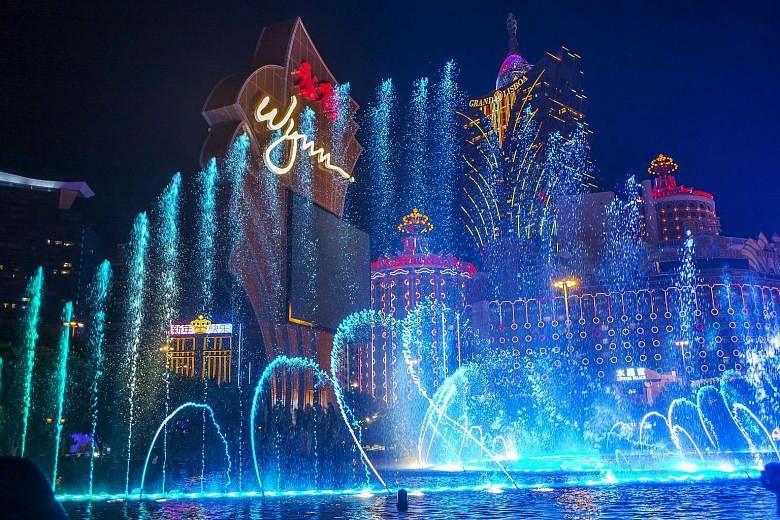Luxuries such as glitzy watches, swanky cars and casino visits are proving harder to sell worldwide amid global economic uncertainty and weaker Chinese demand.
The S&P Global Luxury Index, which comprises 80 of the largest publicly traded luxury goods or services companies, is down 7.45 per cent in total returns as at Dec 23 from its highs two years ago.
The index's top five constituents as at Nov 30 were Nike, Diageo, Daimler, LVMH and Richemont, which owns the Cartier brand and last month warned of a challenging second half after first-half net profits grew less than expected.
Luxury goods companies, which for years had been banking on China to drive sales, have been hit amid slowing economic growth in the mainland, where the government is also clamping down on corruption and expensive gift-giving. Shares of Prada dropped more than 6 per cent to a record low last week, after the firm reported a 38 per cent plunge in its third-quarter profits on slumping sales in Greater China.
According to S&P, the worst-performing stock on the index as at Oct 30 was casino resort developer and operator Wynn Resorts, with a negative year-to-date return of 53 per cent. It was followed by American luxury fashion company Michael Kors Holdings, with a negative 48.6 per cent return. Japanese cosmetics company Shiseido came up as the index's best performer, with a 69 per cent return.
Mr Erwan Rambourg, co-head of consumer and retail research at HSBC, told The Straits Times that demand for luxury goods and services has softened in the wake of several macroeconomic events, especially those linked to China.
"The Middle East respiratory syndrome disrupted travel retail sales in South Korea as Chinese visitation came down in June, July and August," he noted. Luxury purchases were affected when equity markets hit fresh lows in mid-August.
"Besides, foreign exchange - a strong US dollar and pegged currencies such as the Hong Kong dollar - has impacted visitation metrics and spending in the US and Hong Kong," Mr Rambourg said.
Global management consultancy Bain & Company expects sales of items such as designer clothes and shoes to rise as little as 1 per cent to €253 billion (S$389 billion) this year. While high-end price points and wholesale-driven businesses such as luxury watches have suffered, Mr Rambourg noted this has led to "good value in a number of luxury stocks", in particular Richemont and Tiffany. He added that "soft" luxury and retail-driven companies should be less affected by China's travails in the short term.
Nomura said in a note that it expects growth in the luxury sector to come in at 5 per cent next year, up on the 3.6 per cent this year, supported by longer-term trends driven by Chinese demand.
Added Mr Rambourg: "The big story in luxury next year will be about location rather than the brands themselves. South Korea and Japan are the current focus, while Hong Kong and Singapore will continue to lose ground.
"Yet, the future growth drivers should be the smaller markets and more importantly - and counter-intuitively - China itself."



